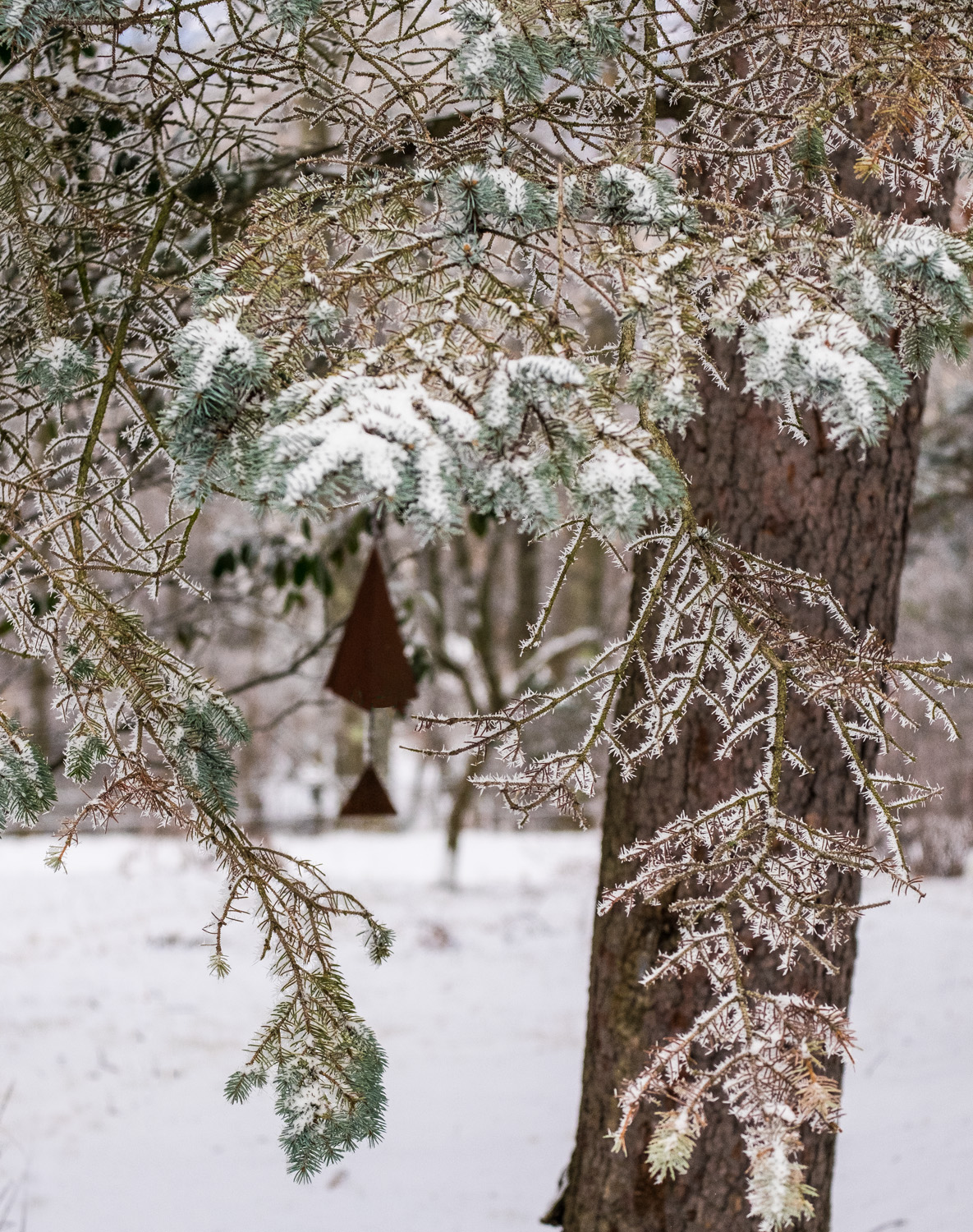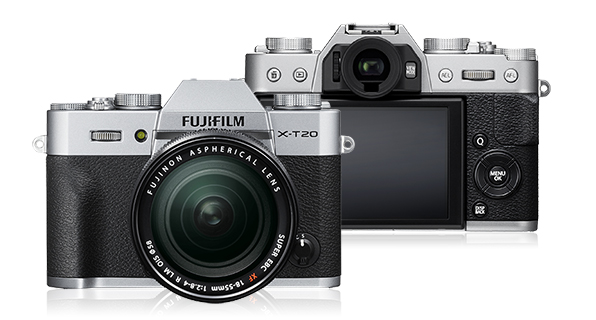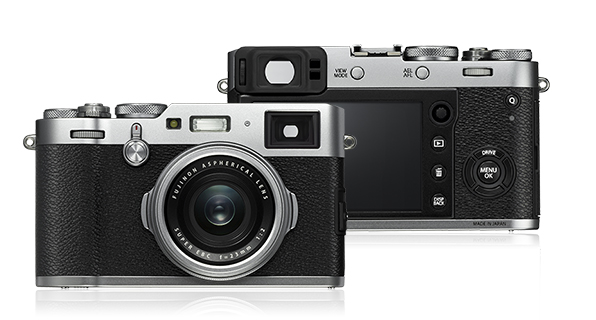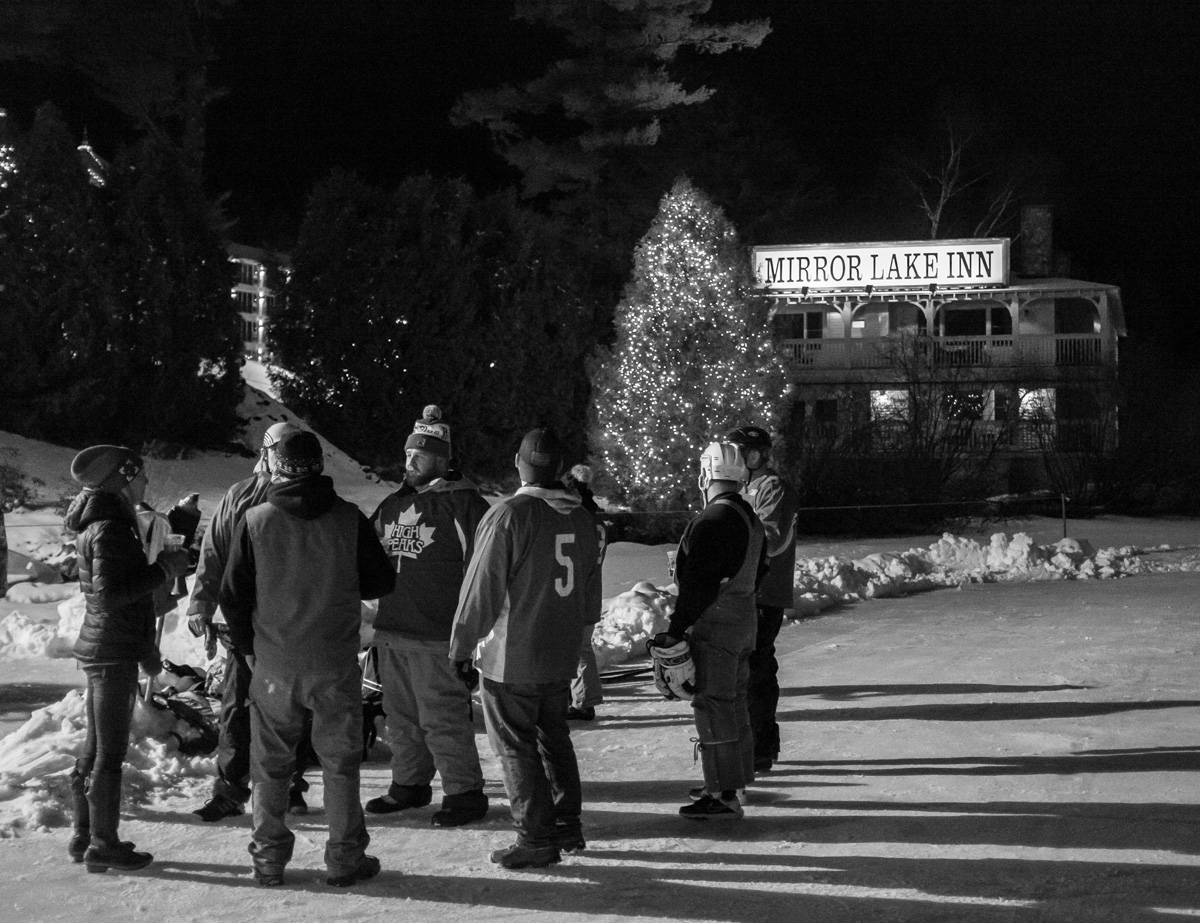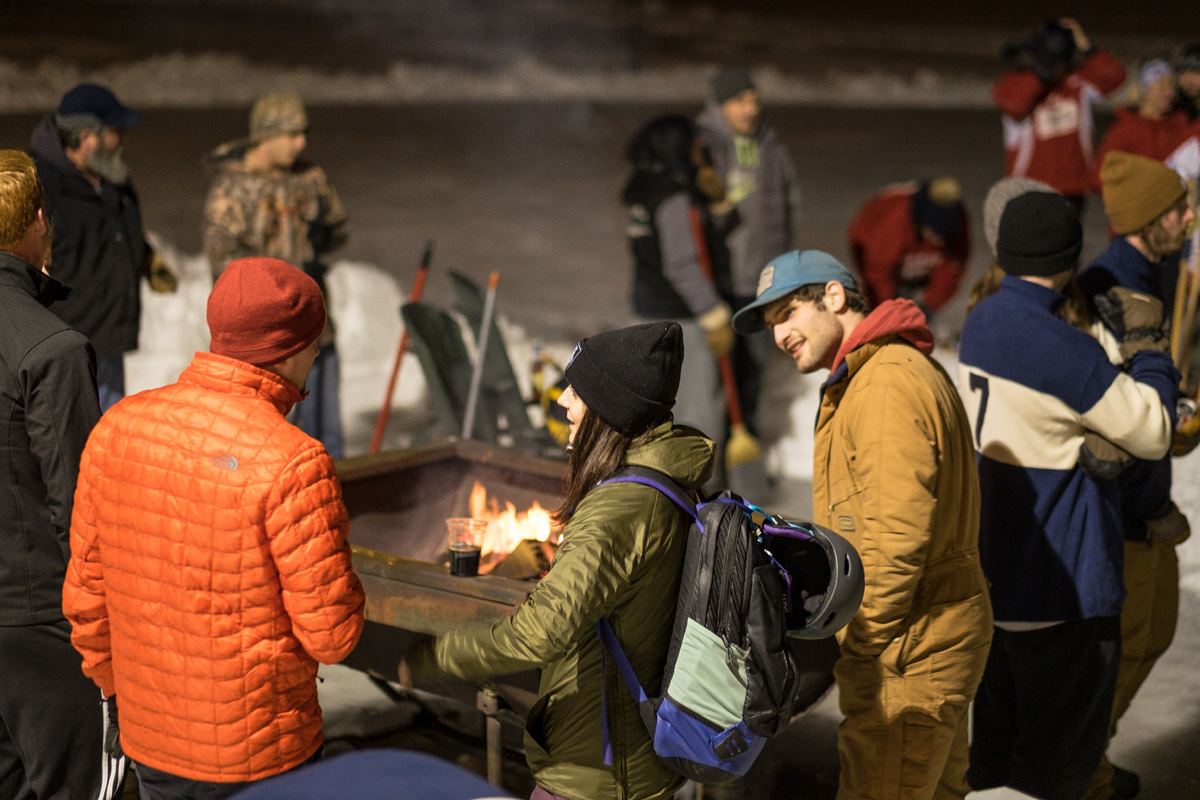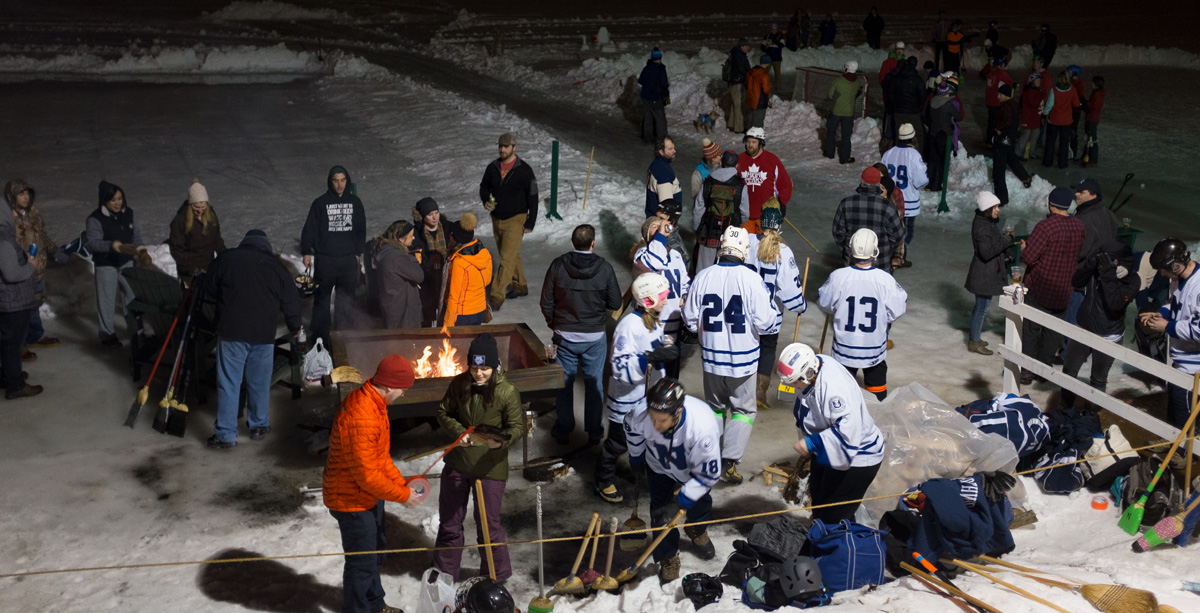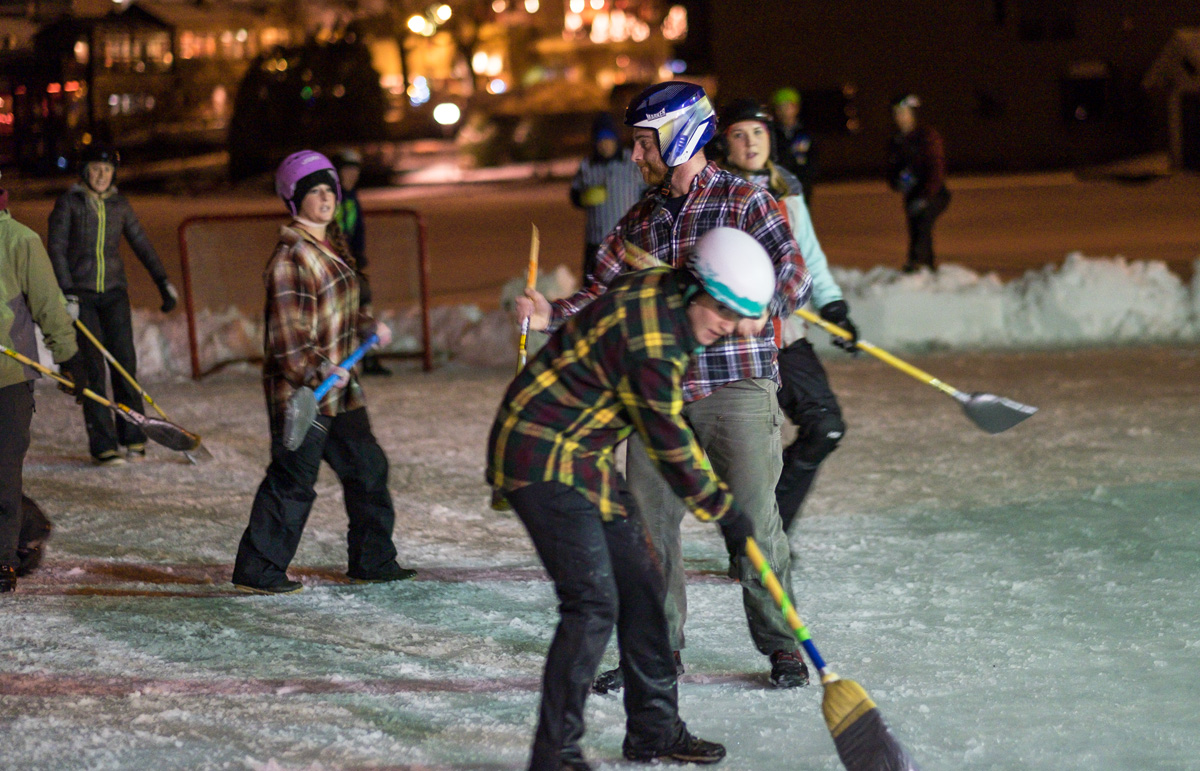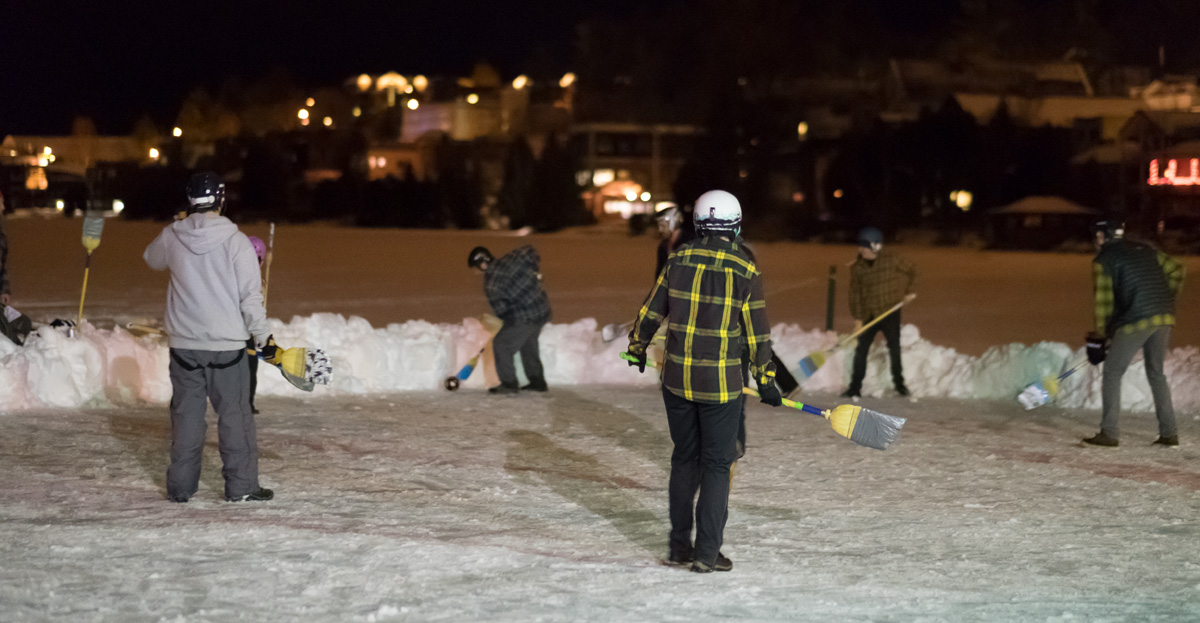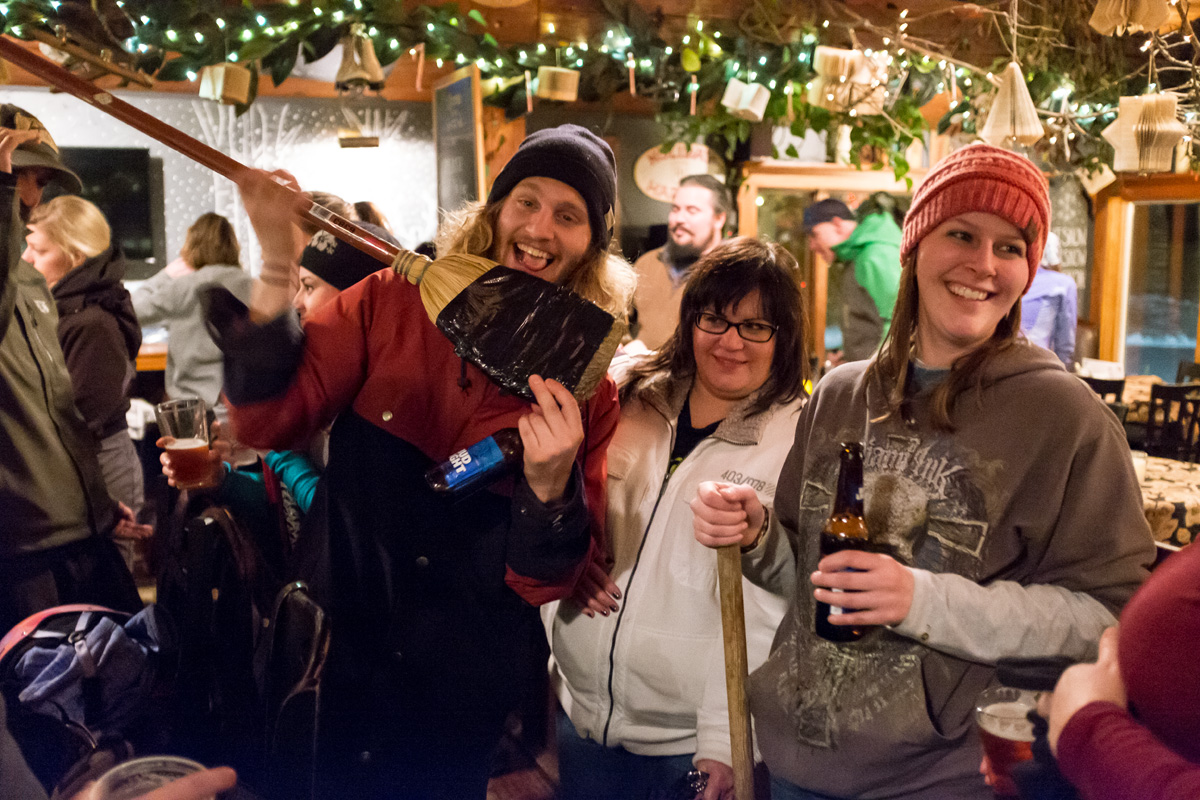Back in the days before digital imaging, it was much easier to keep your gear current. I think back to 1980s vintage Nikon F3 which was produced (admittedly in multiple forms) for perhaps 20 years. The camera featured very simple technology, with little pressing reason to update. There was finally an auto focus version of the camera in the last several years of its twenty-year lifespan, but for the most part there was little change over its long history.
Nowadays things are radically different. Cameras are far more sophisticated, and photographers now expect fairly frequent updates to them, even though they long surpassed the performance of those older cameras long ago. I think also the fact that the technological advances of new models involve not only exposure and focus, but the actual film stock (the digital sensor) that the camera uses increases the interest in upgraded models.
In the last week, Fujifilm has announced replacements for 2 cameras that I currently own. The X100F replaces the X100T model in a somewhat confusing nomenclature scheme. And the X-T10 is replaced with the X-T20.
As always the question of whether to and when to upgrade comes up.
Let me first acknowledge, that photography is not my main source of income. I have always tried to be rational about equipment purchases. Every once in a while I find myself with a bloated collection of gear which needs to be thinned. I am there now. Soon, I suspect I will once again become a frequent visitor to my FedEx drop-off point.
I see that I am not the only one who faces this dilemma. A Fuji photographer I very much admire, Zack Arias, writes about gear simplification here.
First my thoughts on my current X-T10 currently the budget version of the SLR style X-T1 interchangeable lens camera. This for me as a modestly used device (I have learned that I prefer rangefinder style cameras and I already own a nearly identically spec’d XE-2). The main improvement in the newer camera is, of course, the sensor, which is now 24mp. I already own a version of this sensor in my X Pro 2. In my experience, the real resolution boost offered by the newer chip is modest, and the high ISO performance is roughly the same. Still, more resolution is not a bad thing.
Whereas I do enjoy the Acros film simulation that is only offered in the 24 mp cameras I can typically get pretty close to the same profile with a custom RAW conversion I have set up in Photoshop. There are autofocus improvements I suppose, but I’m not grossly unhappy with the current camera (and perhaps there is more to come in a firmware upgrade). Finally, while I think the enhanced video capabilities are interesting, they are not important to my workflow.
Thus I probably won’t upgrade this camera anytime soon. In fact after this analysis, as much as I like the little X-T10, I would consider putting it on E Bay list, and waiting for the rumored rangefinder style XE3 to be introduced.
The X100T to “F” upgrade is slightly different for me. I like the fact that the battery will now be the same as all of my other Fuji “X” cameras though the older battery was fairly cheap(and I have a lot of them). I hope the camera will still be chargeable through its USB port. Once again the new sensor (the same 24mp sensor of the XT-20) is not really a draw for me, but not a detriment either. Apparently, unlike a lot of other people, I do like the new ISO/shutter speed dial (same as on my X Pro 2).
I do wonder however whether the incremental improvement in auto focus in this model line will be greater (the X100T had earlier auto focus technology than the X-T10). To me, a very significant improvement is the autofocus “joystick”. It was a very useful addition to the X Pro 2.
Ironically, I have actually avoided using it on that camera for fear of it becoming reflexive when it is not available for focusing on my other bodies. Currently, if one is to retain the largest number of function buttons on the camera, moving the autofocus point, requires you to first press the lower button of the four-way pad, which then tells the camera that the keypad is to be used for autofocus. This means an additional step and occasionally results in lost opportunities. With the joystick, moving the autofocus point can be done instantly. Adding it to the X100F means that I will be more comfortable relying on it in both cameras. In fact the lack of the joystick on the X-T20 means that it will be more difficult to integrate that model line in the future.
I hope the XE 3 will have a joystick.
One new development I am both frustrated and intrigued by is the improvements in the lens converter system for the X100F. the new converters communicate with the X100F, allowing the camera to automatically adjust when they are mounted (I often forget to do this on my current camera). This is wonderful, except that I have pristine copies of both of the older lens converters for the X 100 series which I understand are optically identical. I would probably first upgrade the TCL (50 mm FOV), as that is the one I use far more frequently than the WCL(28 mm FOV). I could really save some money here if only my interaction with the camera was a little more disciplined.
As this is my most commonly used camera, I believe it makes more sense to upgrade this instrument, given that I will obtain the most benefit and enjoyment from the money spent. And my fairly pristine X100T, on eBay, seems to have decent residual value.
This explains my thought processes, on upgrading equipment.
Feel free to offer your comments and ideas.

